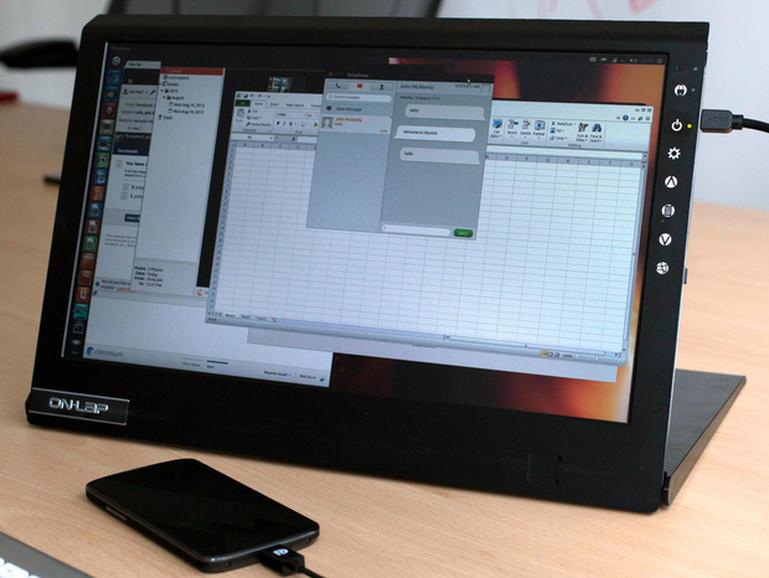
It’s hard to imagine how our smartphones can be any better than they already are, but as all things involving technology goes, somewhere down the line they’re bound to evolve and continue to get better somehow.
Smartphones are already pretty smart as it is. They’re often referred to as handheld computers in our pockets - and they really kind of are. You have the software, the apps, the keyboard, the features, the whole 9 yards - they’re just not as big (well, not yet anyway). It feels like it’s only a matter of time before our smartphones and computers are one and the same; that is, we will be able to store everything on our smartphones and “plug” our phones into a shell of a computer (as we know them) and have all of our information with us at all times.
It’s not a concept that hasn’t been tinkered with already - I can think of two examples where companies tried to make this idea happen already. Of course, as you can probably tell, the idea never really took off.
In one instance, certain Motorola phones like the Atrix 2, Photon, and Droid Bionic had an accessory that people could purchase called the Motorola Lapdock. You could plug in your phone and have a “computer-like” experience with this special accessory. Unfortunately, the Lapdock wasn’t touchscreen and while the design of the Lapdock wasn’t anything to sneeze at, it never ended up being very successful.
In another, more recent instance, the Ubuntu Edge phone (and Ubuntu Touch software) were supposed to be somewhat unified to work in a similar way: the Edge could be docked to a monitor and your phone could then be used in as a computer. I think Ubuntu’s idea refined the idea a little better because all you needed was a dock and a monitor, rather than an entirely new laptop-type device. Again, under more unfortunate circumstances, the Ubuntu Edge never made it past their goal for their crowdfunding campaign.
This is the type of transition that I think we could still benefit from, and I think that Canonical actually hit the nail on the head with this concept.
Smartphones are able to hold crazy generous amounts of storage in them these days. Some phones can hold upwards of 128GB of memory (or more, if internal memory is included), and I suspect it won’t be too long before smartphones are able to hold just as much as most modern day PCs can. Also, touchscreen monitors are easy to find and purchase these days - the technology isn’t so new that it’s a niche product to have in your house. It’s becoming more and more common to see desktop computers feature touchscreen monitors, which would work perfectly with smartphone interfaces.
We pretty much already have the perfect set-up for our smartphones to double up as our computers as well. All of your information stored in just one device that you can take with you everywhere you go and connect it to wherever you need to. To me, it sounds like an idea that isn’t too far-fetched to make happen, and it was one that I was fascinated by when Canonical introduced the concept. Personally, I’m at a point where I use my phone more often than I use my computer anyway, so it would probably make sense for me to only upgrade my phone rather than my phone and my computer every couple of years.
But what about you, readers? Would you want to have your smartphone and computer all rolled into one device, or would you rather keep them separate? Share your opinions with us in the comments below!